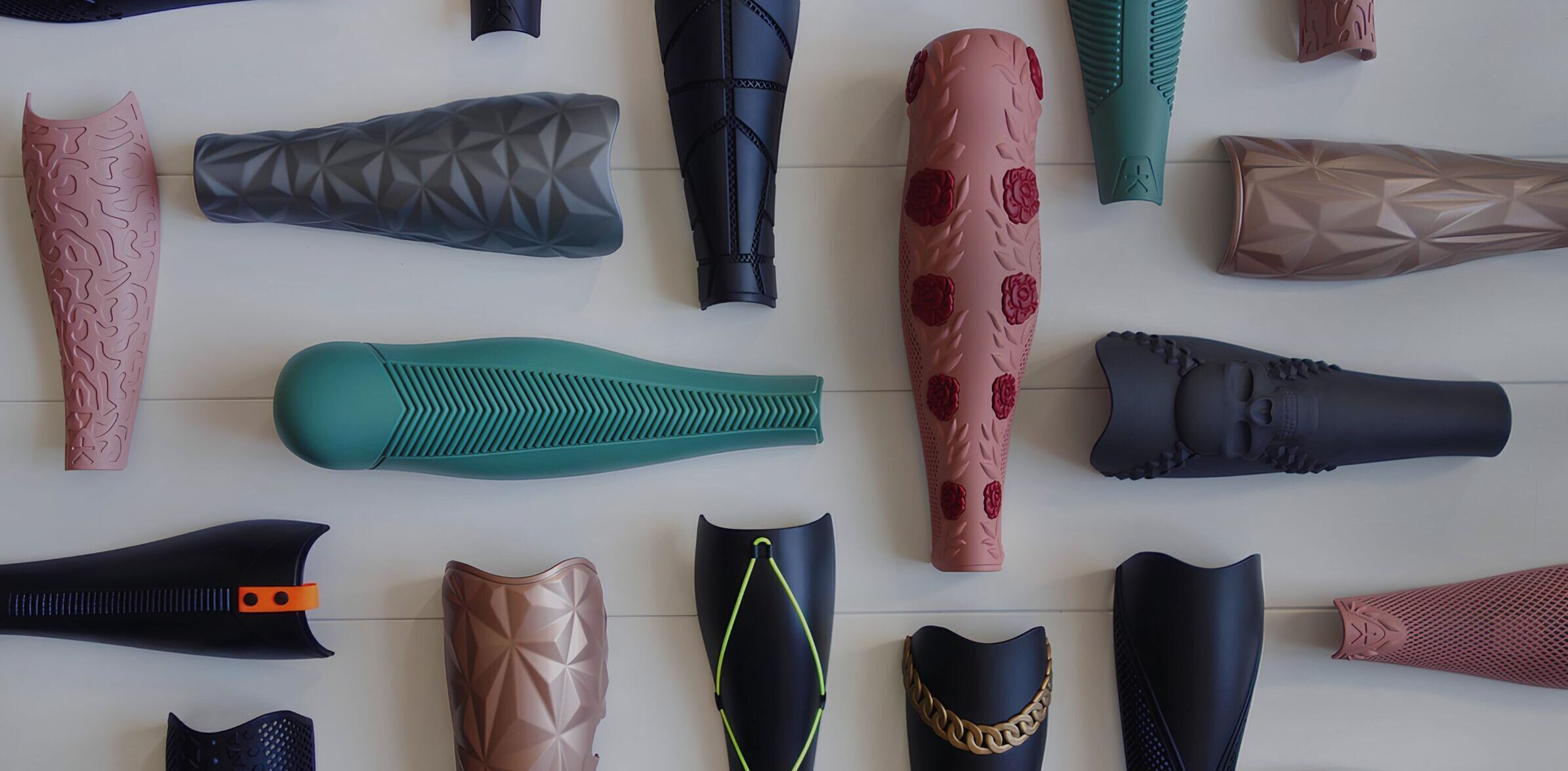It has been almost a year since Medicare began covering microprocessor knees (MPKs) for K2 ambulators. The theory was that MPKs, despite their high cost, would save Medicare money by reducing costly fall-related injuries and promoting overall health. A brand-new paper in the journal Disability and Rehabilitation puts that theory to the test, presenting data from a randomized controlled trial to assess MPKs’ health effects on K2 amputees.
The research team (comprised of investigators from the University of Washington, University of Illinois-Chicago, Hanger, and Ottobock) tracked more than 100 above-knee amputees over a 12-month period. Half had received MPK prostheses, and the other half had received non-MPK devices. (To be clear, these individuals were identified retroactively, after their device had already been assigned.) The entire cohort fell within the parameters of Medicare’s coverage expansion—all were classified as K2 and were at least 65 years old (ie, Medicare-eligible).
In addition to comparing falls and near-falls among the MPK and non-MPK amputees, this study addressed Medicare-aged amputees’ fear of falling. This subjective factor can have quantifiable impacts on health and quality of life, as it causes individuals to avoid activities that might be good for their physical and mental health. “Fear of falling has been identified as the most significant predictor of avoidance of activities deemed critical to independence among older adults,” the authors note. “Avoidance of activities, especially those considered critical to independence, can potentially be even more devastating to longevity and vitality” among older Americans than falls themselves.
The study’s core purpose, then, was to determine MPK knees’ effect on activity avoidance among K2 amputees over age 65.
The participants’ experience was measured through a variety of surveys, chiefly the Fear of Falling Avoidance Behavior Questionnaire (FFABQ). Scores on this well-established instrument range from 0 (absolutely no activity avoidance) to 56 (maximum activity avoidance). The higher the score, the greater the person’s activity avoidance due to fear of falling. To supplement this central data source, the researchers gathered patient-reported information about mobility, overall quality of life, and balance confidence. They also conducted objective tests of walking speed, balance, and mobility.
The results were significant. At the start of the study, the MPK and non-MPK amputees had nearly identical FFABQ averages (about 26 in each group). After 12 months, amputees who received MPKs displayed a marked drop of 5.9 points in activity avoidance, while non-MPK amputees recorded a more modest drop of just 2 points. And no wonder: individuals in the MPK group fell half as often as the non-MPK group and experienced only a third as many near-falls. MPK wearers were objectively steadier on their feet, which instilled confidence and emboldened them to pursue more active, less risk-averse lifestyles.
Ultimately, MPKs enjoyed a better overall quality of life. “Participants using MPKs reported lower levels of activity avoidance due to fear of falling and experienced a notable reduction in the number of falls, near-falls, and combined fall events compared to those using NMPKs,” the study concludes. “While the MPK group maintained HR-QoL through the trial, the NMPK group experienced a significant decline, highlighting the potential for MPKs to sustain or enhance HR-QoL in this population.”
The full study is available online at Disability and Rehabilitation.
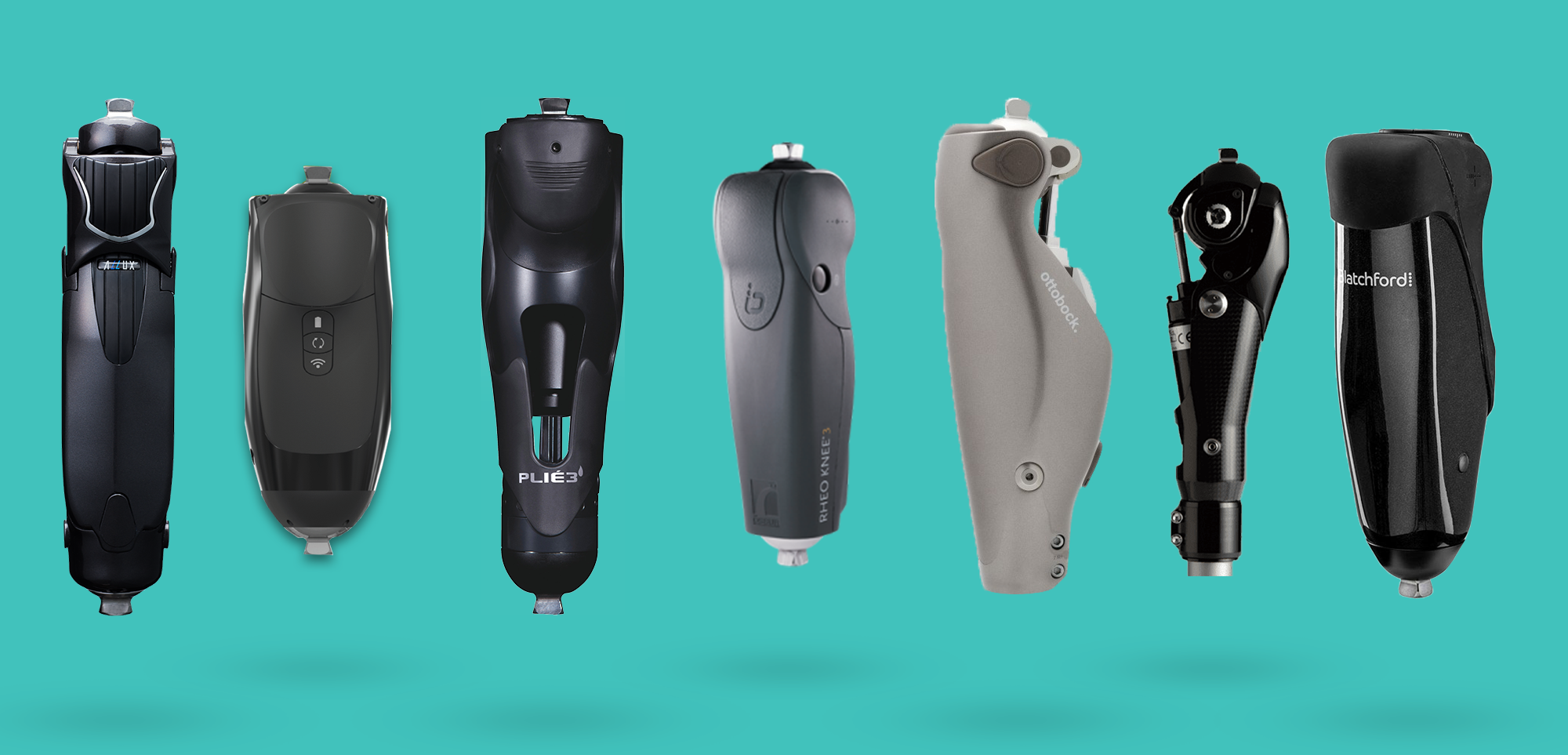

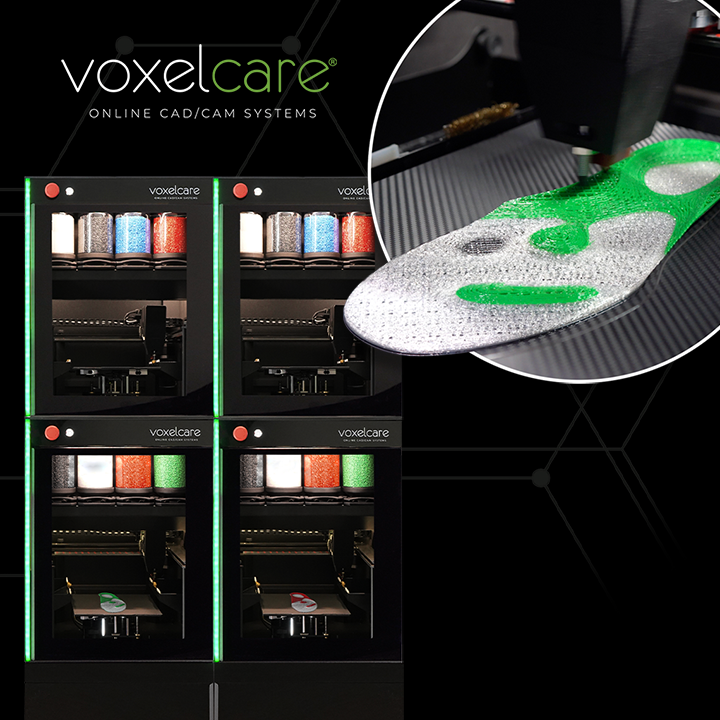

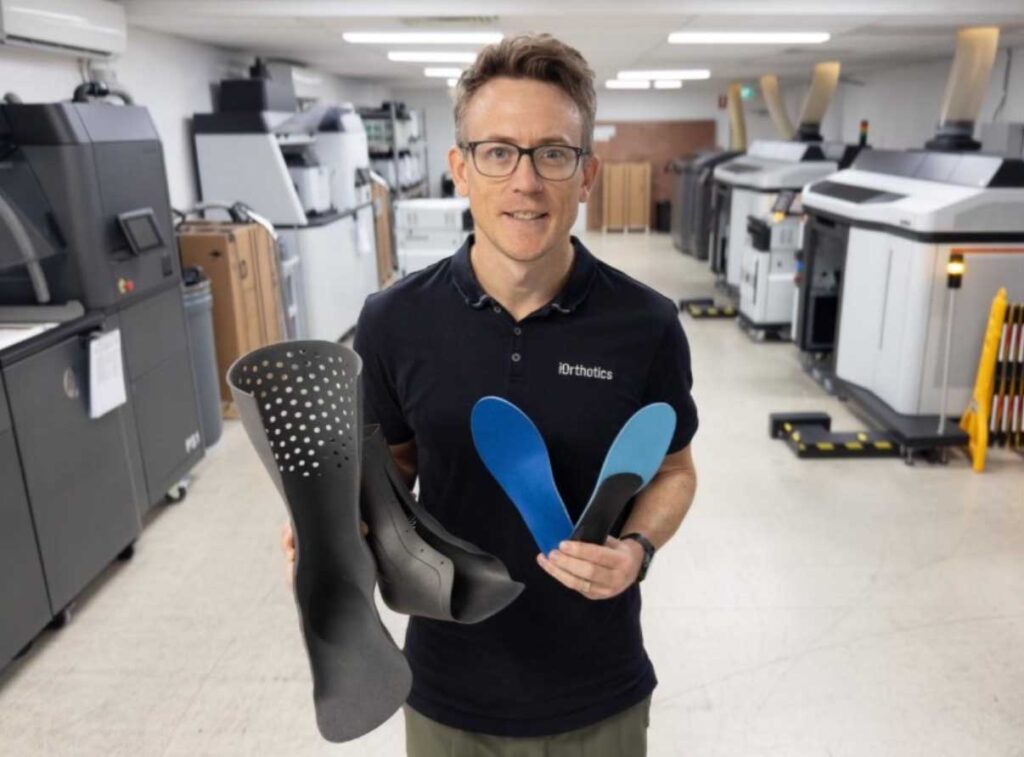


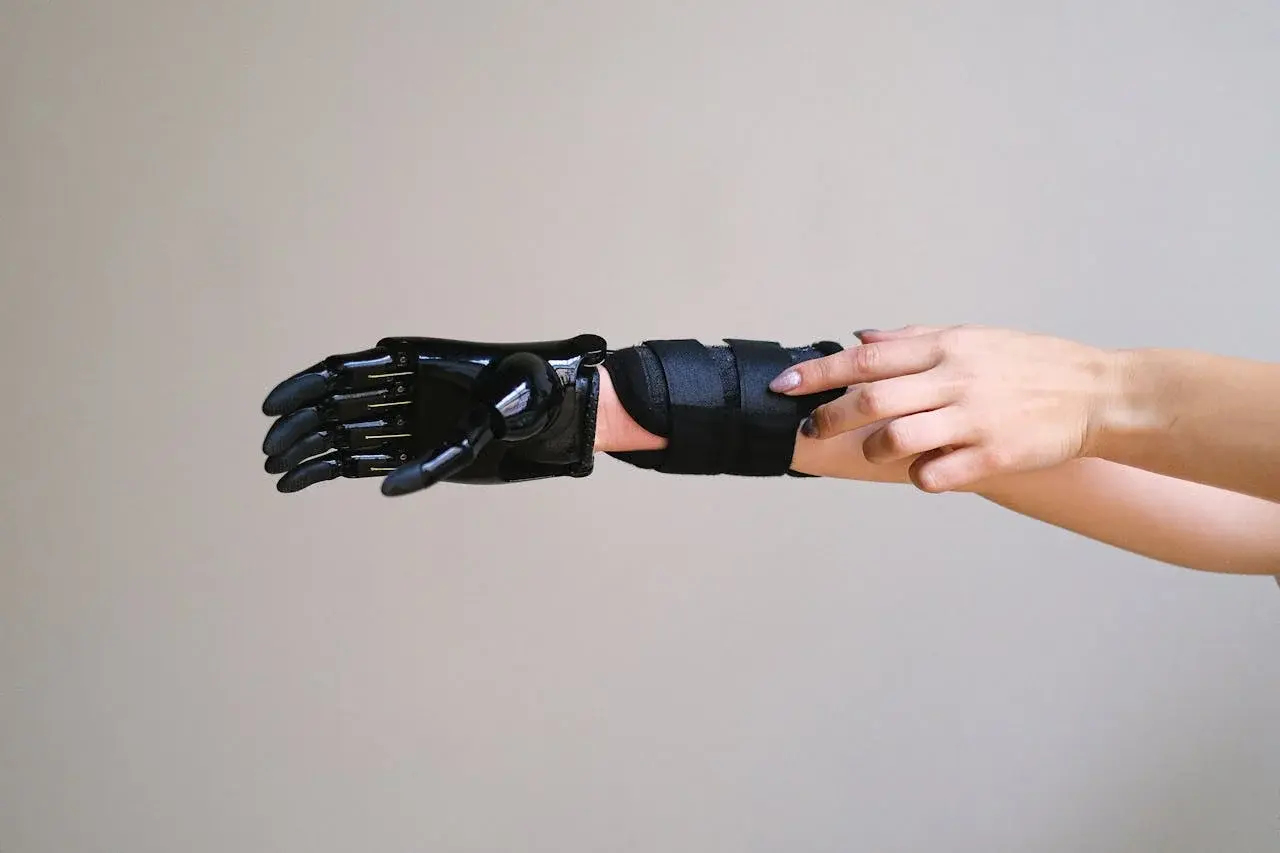
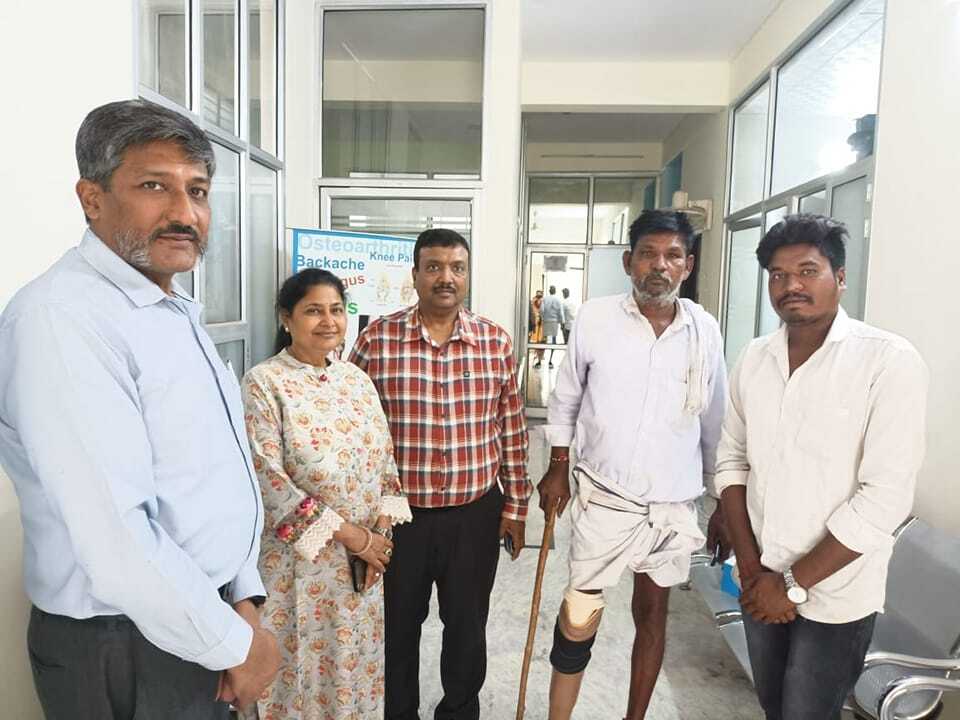


-1.png)

